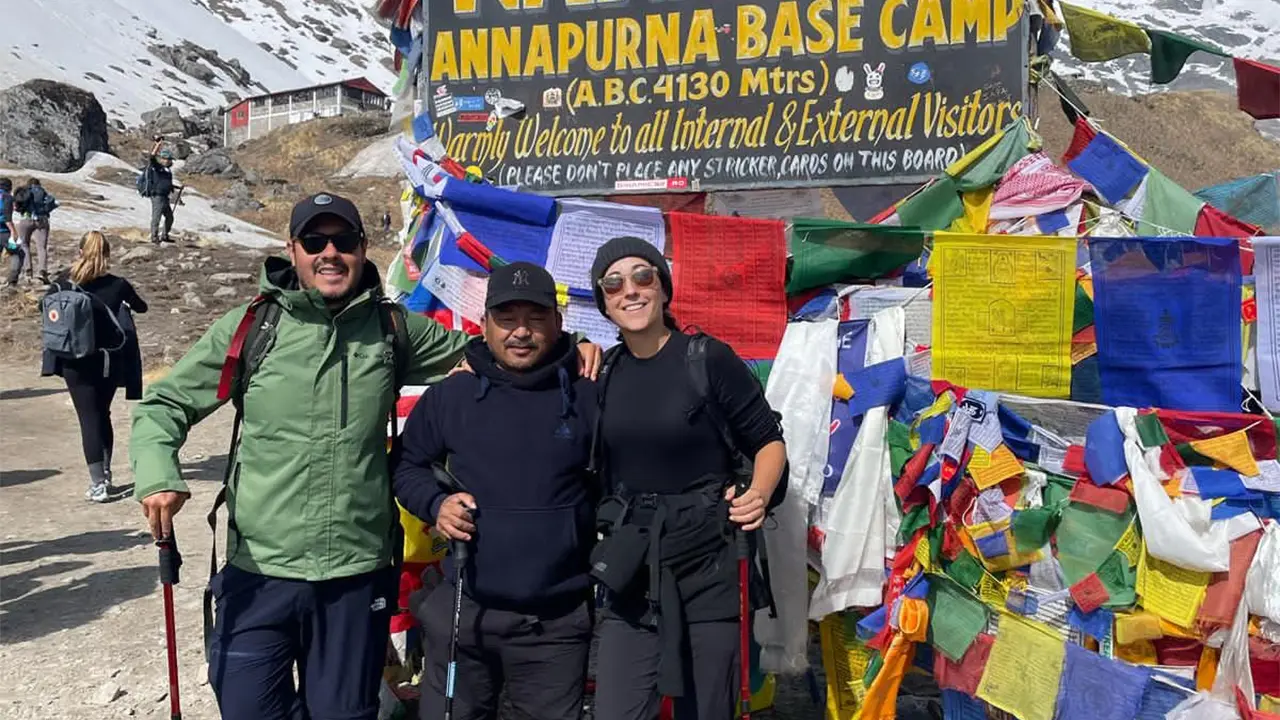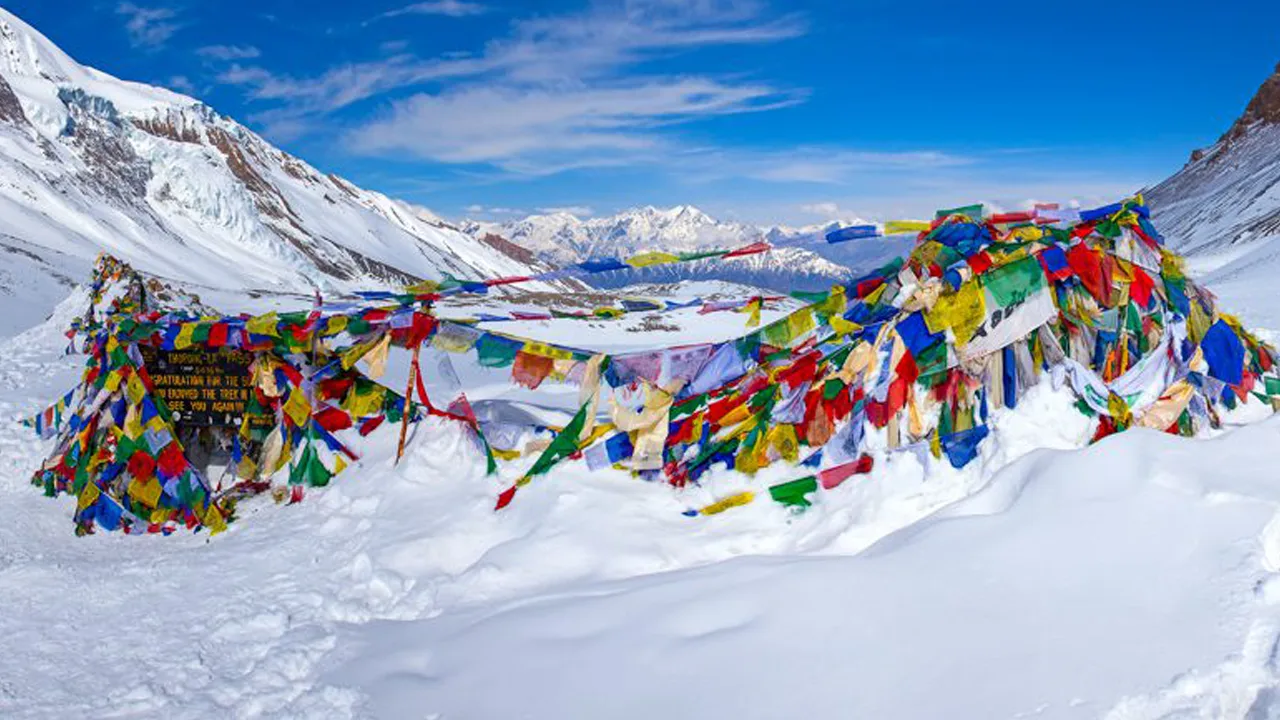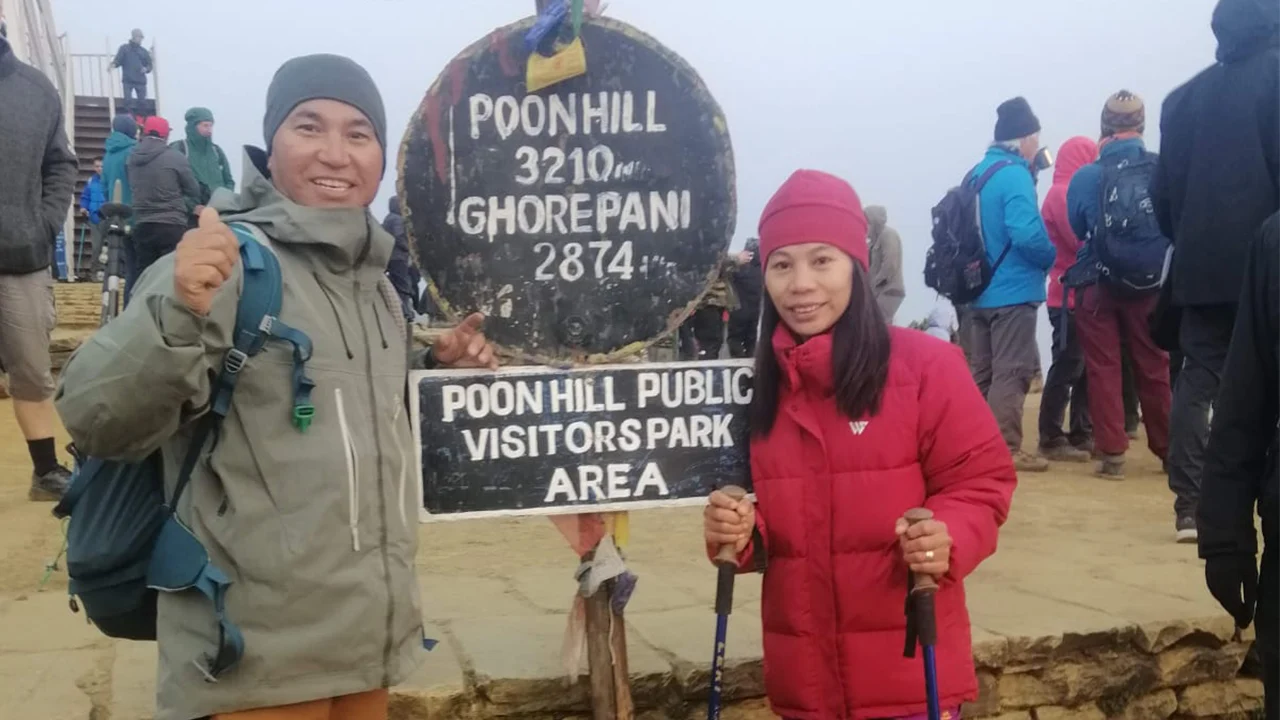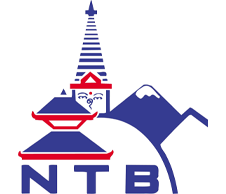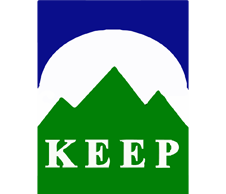Drive/Fly Kathmandu to Pokhara
Mardi Himal Trek – 8 Days
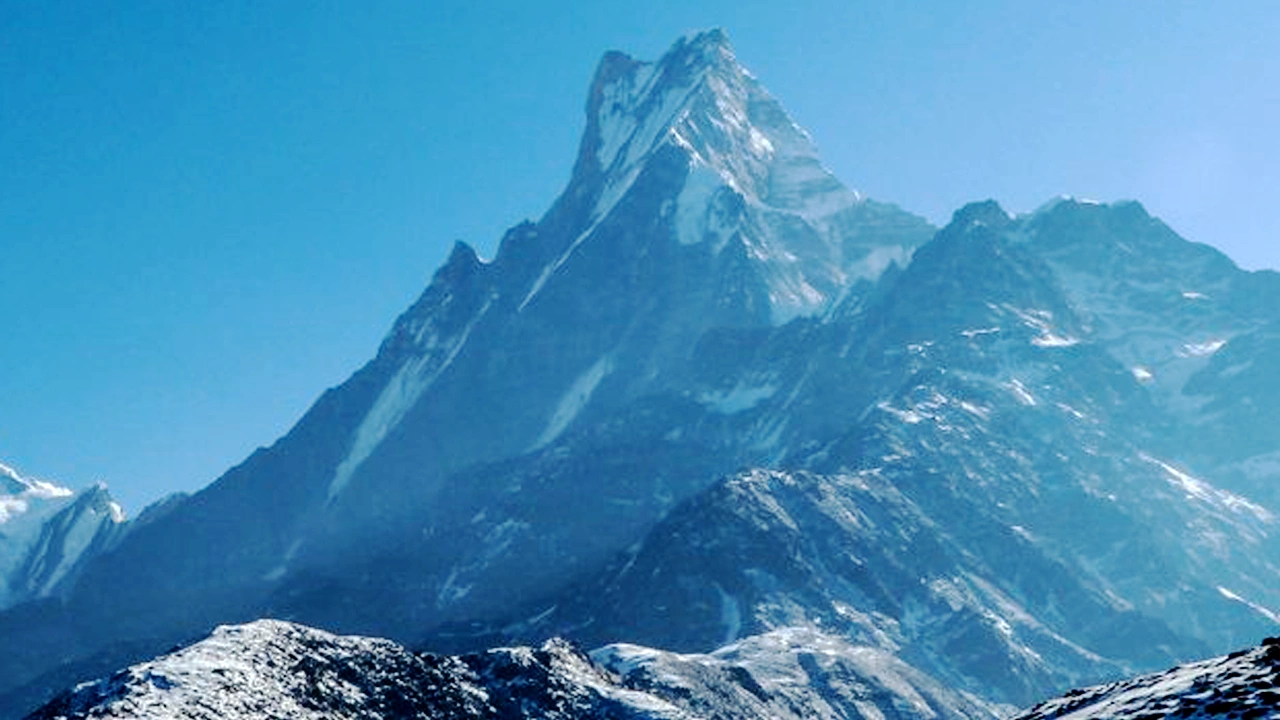
Overview
The Mardi Himal Trek – 8 Days is a short yet rewarding trekking adventure in Nepal’s Annapurna region, offering panoramic Himalayan views, lush rhododendron forests, and serene cultural villages. This trek is perfect for travelers seeking a moderate trekking experience with a combination of natural beauty, cultural encounters, and high-altitude adventure.
The trek starts with a drive from Pokhara to Kande or Phedi, followed by a gradual ascent through forests, terraced farmlands, and traditional Gurung villages. Along the route, trekkers enjoy peaceful trails, scenic viewpoints, and authentic Nepalese culture, making it an enriching experience for both beginner and intermediate trekkers.
One of the main highlights is reaching Mardi Himal Base Camp at 4,500 meters, which offers stunning close-up views of Annapurna South, Machapuchhre (Fishtail), and Himchuli peaks. The trek also passes through low- and mid-altitude forests, featuring rhododendron blooms in spring, oak forests, and terraced fields, giving trekkers a diverse and picturesque journey.
Accommodation along the trail is in tea houses and lodges, providing comfortable rooms and local meals. Experienced trekking guides and optional porters ensure safety, carry luggage, and share insights about the flora, fauna, and local communities. The daily trekking is moderate, ranging from 4–6 hours, allowing ample time for acclimatization, photography, and exploration.
Over 8 days, trekkers experience less crowded trails compared to popular routes, enjoying serenity, wildlife spotting, and uninterrupted Himalayan views. By the end of the trek, travelers return to Pokhara, taking home memories of majestic mountain panoramas, traditional village life, and an unforgettable Himalayan adventure.
Drive to Dhampus and trek to Pothana
Trek from Pothana to Forest Camp
Trek from Forest Camp to Low Camp
Trek from Low Camp to High Camp
Hike to Upper Viewpoint (4,500m), Return to High Camp & Trek to Low Camp
Trek from Low Camp to Australian Camp
Trek from Australian Camp to Kande and Drive to Pokhara
Drive/Fly from Pokhara to Kathmandu
Farewell Departure
Cost Includes
- Professional trekking guide and support staff to ensure safety and smooth trekking.
- Accommodation in tea houses and lodges along the trail.
- Daily breakfast, lunch, and dinner during the trek.
- All necessary trekking permits, including Annapurna Conservation Area Permit (ACAP) and TIMS card.
- Airport transfers in Kathmandu (arrival and departure).
- Transportation to and from the trailhead.
- Optional porters to carry luggage for a more comfortable trekking experience.
- Emergency support and first aid kit available throughout the trek.
- Pre-trek briefing in Kathmandu covering the route, safety, and cultural insights.
Cost Excludes
- International airfare to and from Nepal.
- Nepal visa fees for entry.
- Travel insurance (mandatory for trekking, including high-altitude medical evacuation).
- Personal expenses such as snacks, drinks, souvenirs, and hot showers.
- Trekking gear and equipment like sleeping bags, jackets, trekking boots, and walking sticks.
- Tips for guides and porters.
- Optional activities or side trips not mentioned in the itinerary.
FAQs
The trek is moderate, suitable for travelers with basic fitness and some trekking experience. Daily trekking ranges from 4–6 hours, with gradual ascents to help with acclimatization. The highest point is Mardi Himal Base Camp at 4,500 meters, providing a manageable high-altitude challenge.
The ideal trekking seasons are spring (March–May) and autumn (September–November). Spring brings rhododendron blooms and lush green landscapes, while autumn offers clear skies and excellent views of Annapurna, Machapuchhre, and Mardi Himal peaks. Monsoon season (June–August) can make trails slippery, and winter can be cold with occasional snowfall.
The trek usually starts with a drive from Pokhara to Kande or Phedi, which takes about 1–2 hours. From the trailhead, trekkers ascend through forests, terraced fields, and small villages, gradually gaining altitude as they make their way to the Mardi Himal Base Camp.
Accommodation is provided in tea houses and lodges, offering basic but comfortable rooms. Meals include breakfast, lunch, and dinner, often featuring Nepali dishes like dal bhat, noodles, soups, and momos. Some lodges offer hot showers and limited electricity, so a power bank and warm clothing are recommended.
While independent trekking is possible, hiring a professional guide is highly recommended. Guides provide navigation, safety, and local cultural insights, while optional porters can carry luggage for a more relaxed experience.
The main permits required are:
-
Annapurna Conservation Area Permit (ACAP) – grants access to the protected region.
-
TIMS Card (Trekkers’ Information Management System) – mandatory for all trekkers in Nepal.
Most trekking packages include these permits, and guides help with the application process.
Essential items include:
- Layered clothing for varying temperatures
- Trekking boots and gaiters for rocky trails
- Sleeping bag rated for -5°C to -10°C
- Walking poles for stability
- Sunglasses, sunscreen, and hat
- Water bottles or hydration system
- Basic first aid kit and personal medications
Yes, the Mardi Himal Trek is suitable for fit families and older trekkers with some trekking experience. Daily trekking distances are moderate, and there are villages along the trail for rest and meals. Guides are recommended for safety, especially at higher altitudes.
Key highlights include:
- Mardi Himal Base Camp at 4,500 meters
- Panoramic views of Annapurna, Machapuchhre, and Himchuli peaks
- Rhododendron forests, terraced fields, and riverside trails
- Charming Gurung villages and cultural encounters
- Less crowded trails, offering a peaceful Himalayan experience
The trek reaches 4,500 meters at Mardi Himal Base Camp, so proper acclimatization is important. Trekkers should walk slowly, hydrate regularly, and follow guide instructions. Guides are trained to recognize altitude sickness symptoms and recommend rest or slower trekking if needed.
Mardi Himal Trek – 8 Days
Trekking & Hiking Adventure

